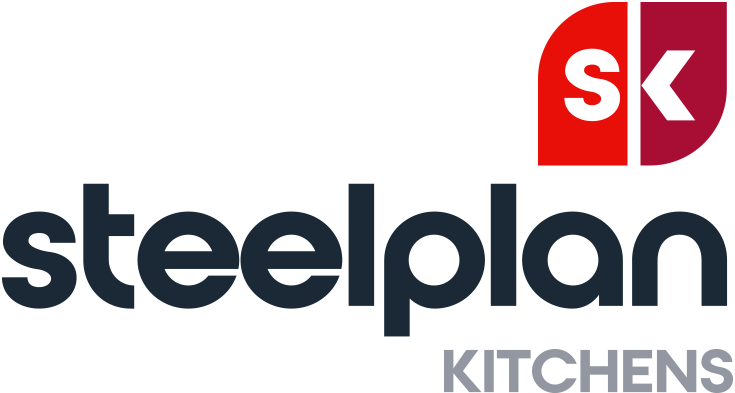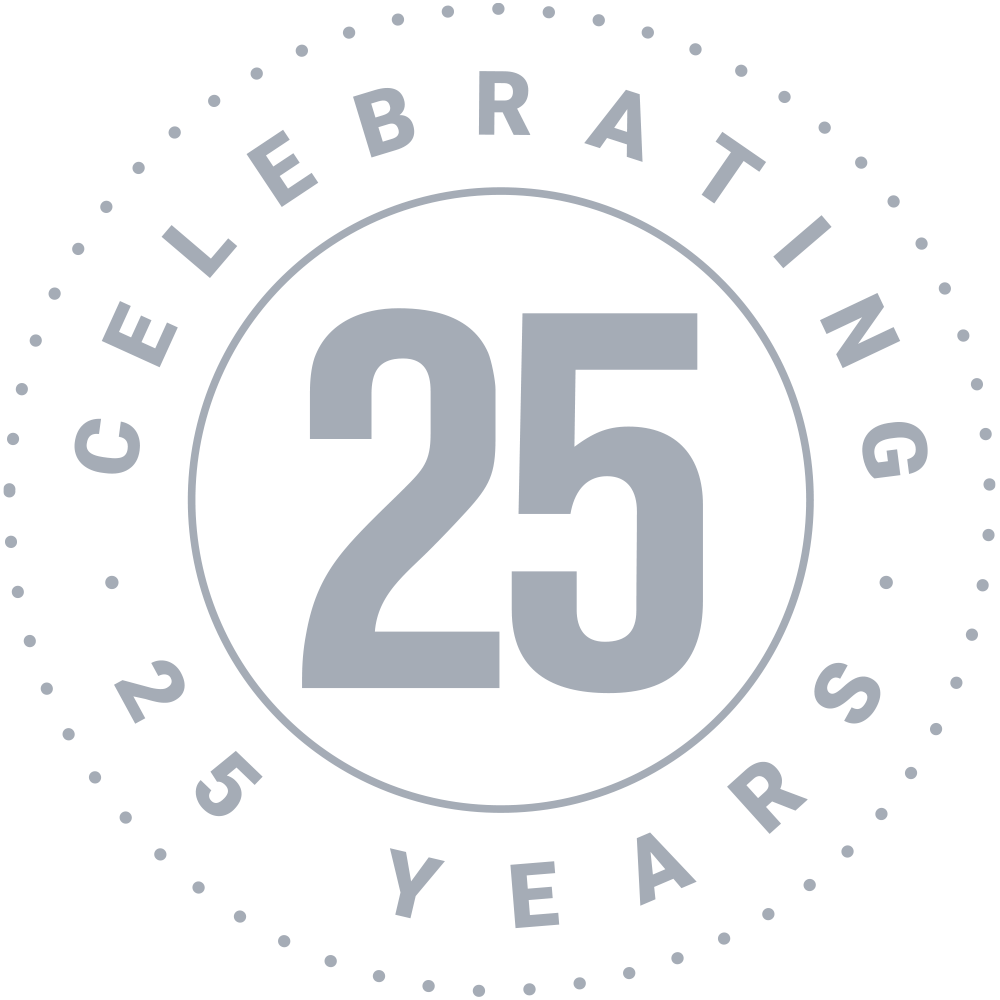The materials you use in your church kitchen will determine how long your renovation lasts. Invest in the right cabinets, counters and doors, and your kitchen will keep looking as good as new for many years to come. But get it wrong, and the space will soon start to look dated – as well as becoming harder to clean and more difficult to use safely.
Here, we look at the traditional materials that are best avoided in a semi-commercial space like your church, and share our recommended alternatives for a stronger, longer-lasting kitchen.

1. Timber frames and carcasses
Timber frames and carcasses, manufactured in MDF and chipboard, are a popular, traditional choice: in a home kitchen, they are versatile and cost-effective. But in a church kitchen, they are quite the opposite. Timber is likely to need repairing or replacing after a short time, creating additional costs further down the line that negate any up-front savings.
Replace with…Metal units. These units are built to withstand heavy use without cracking under pressure. Water resistant and hardy, they’ll be easy to maintain and keep clean.
2. Wooden or MDF doors and drawers
Another example of a ‘traditional’ kitchen material that just doesn’t work in a semi-commercial environment. Wood or MDF cupboard doors are prone to degrading over time, as the water, food residue, steam and condensation of a busy kitchen quickly erodes the finish and warps the wood. The result is tired looking cabinets, with plenty of cracks and crevices to harbour bacteria (and even insects). Be wary of foil wrapped doors, too: with an MDF core that is heat-wrapped with coloured foil, these doors may look hard-wearing, but in reality they are susceptible to heat damage and water ingress. Over time, the glossy surface will bubble and crack.
Replace with…Powder coated steel doors and drawers. Chip and scratch resistant, these powder coated, oven-baked doors and drawers aren’t just long-lasting and hygienic: they’re available in a wide range of colours. From soft and neutral to bright and bold, you can choose a finish that works with the character of your church, providing a warm, welcoming and clean space for volunteers and visitors. Choose from one of our 18 standard colours, or specify any 1600 RAL colour.
3. Wooden or MDF kickboards
Just like wooden or MDF doors, kickboards (or plinths) made from wood or MDF will only be a short-term solution in a semi-commercial space. They soak up spills and are frequently damaged by the hustle and bustle of a busy kitchen.
Replace with…Powder coated, coloured aluminium extruded plinths. Durable, hard-wearing and hygienically clean, these kickboards are built to last, measured to fit and available in any 1600 RAL colour, maintaining their appearance and their purpose over time.
4. Wood, stone or quartz countertops
Even in a domestic setting, wooden countertops need re-sealing frequently to prevent damp and mould. Stone is hard wearing, but porous. Quartz is attractive and clean but can be marked and chipped easily if not used correctly. In short, no ‘traditional’ countertop is ideal in a busy church kitchen.
Replace with…Steel worktops. Our steel worktops are made to measure to your exact room dimensions. Made from steel mounted on to treated board, they are the cleanest and most long-lasting worktop material available, and look great paired with colourful powder-coated doors. http://www.steelplankitchens.co.uk/products.php
5. Tiled walls and splashbacks
Traditional tiles are great for creating a cosy or vibrant look in a home kitchen, but they can’t cope with the wear and tear of a working space. The tiles themselves can crack and chip, while grouting can become discoloured and worn: and it’s not just a cosmetic problem. Over time, those faults and imperfections will make tiled areas more difficult to keep hygienically clean.
Replace with… UPVC or stainless-steel cladding. Hardy, wipe-clean, and available in a many different colours and finishes, UVPC or stainless-steel is a great alternative to tiled walls and splashbacks. With panels cut perfectly to the size of the space, UPVC leaves no space for grime to accumulate.
6. Belfast sinks
Belfast sinks are a design classic… in a residential kitchen. In a semi-commercial space, they just aren’t practical. Not only do they pose issues with accessibility (their height and depth can make them difficult to use for the elderly and those with mobility issues) but their silicon edging and countertop overhang can trap dirt and germs. Like any ceramic sink, they are also prone to scratching and chipping.
Replace them with…Seamless, welded sinks. These sinks are easier to clean and easier to use, thanks to their built-in draining boards, seamless design and durable steel construction. You’ll have more space to clean and dry dishes, wash food, fill saucepans, and prepare drinks, without worrying about water splashing the surrounding areas and seeping into the fissures.
Traditional, domestic kitchen materials just aren’t cut out for a busy church kitchen. To make your church kitchen project a long-term success, opt for durable, semi-commercial materials that are built to withstand regular use. For more advice on making the right decisions for your kitchen renovation, contact the Steelplan Kitchens team on 0844 809 9186. We can discuss your plans, our products and how we create the perfect kitchen for you and your community.





